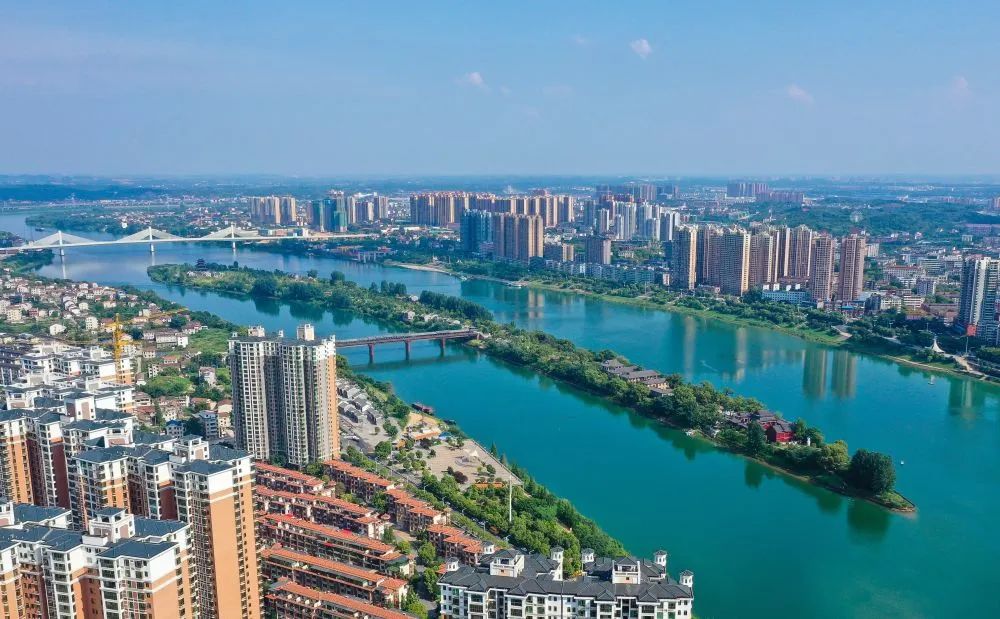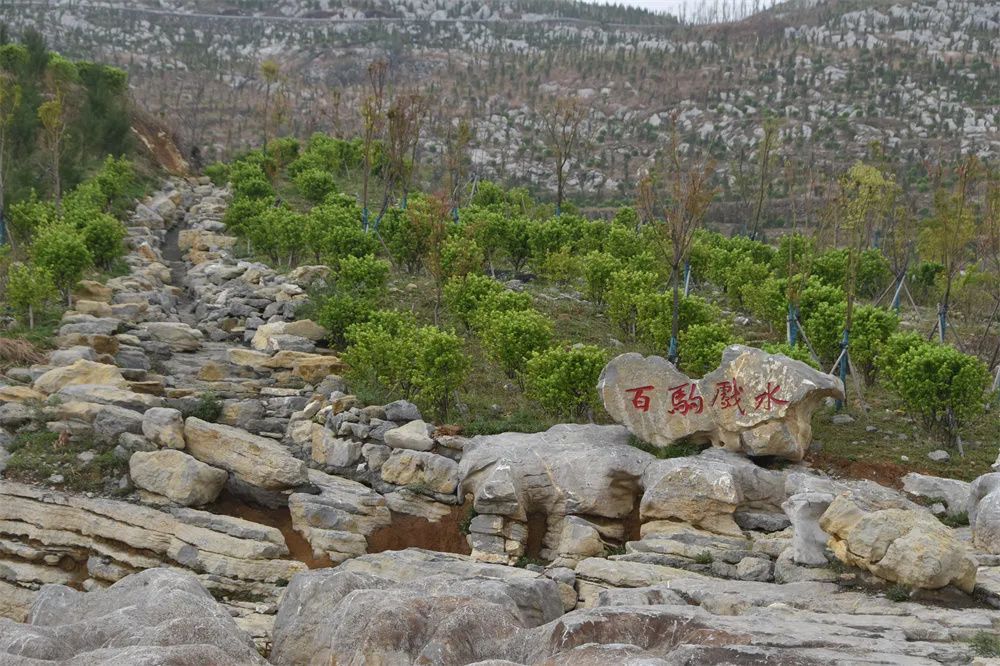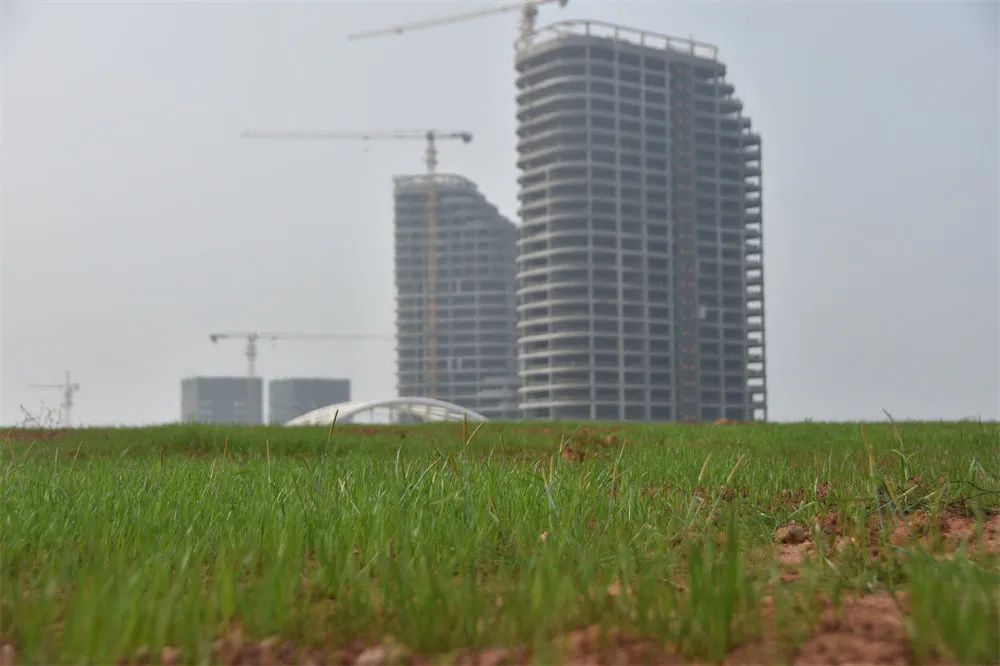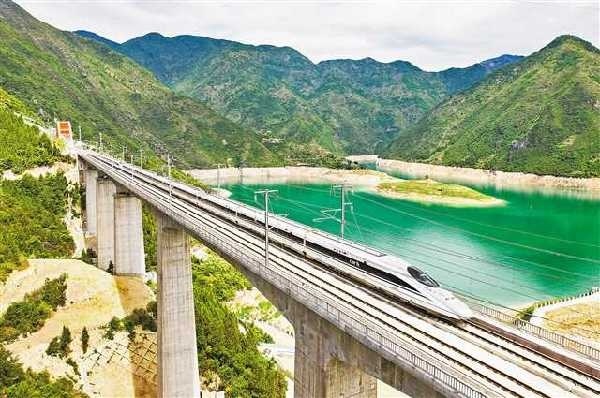Ten -year answer sheet of pollution control (Xinhua News Agency)
Author:Ecological environment Time:2022.08.13

The Yoyo Xiangjiang River flows from south to north, carrying thousands of years of Huxiang culture. Thousands of miles of Xiangjiang River, raising more than 40 million people along the coast, was affectionately called "Mother River" by Hunan people.
However, with the development of economic and social development, the mining and chemical industries along the Xiangjiang River are increasingly dense. This river that contributes to three -quarters of Hunan's GDP along the line has become one of the worst rivers in heavy metal pollution in the country.
Since the 18th National Congress of the Communist Party of China, Hunan has been guided by the new development concept as a guide to fully launch the Xiangjiang River Basin's heavy metal pollution prevention and control.
The five major "severe disaster areas" reproduce Bishui and green mountains
The stream passed through the forest, and the river was gathered in the north of the Cangshan in the south of Hunan. "Go to the east of Dajiang, nothing more than Xiangshui." At the foot of Qingshan, the couplet in front of Yuelu Academy has not changed for a century, reflecting the river water that the mountains and the night before and night.
Since the 1990s, the water quality of the Xiangjiang River has deteriorated. In some river sections, heavy metal pollution wastewater brought by ore smelting and other sections is in the river.
The 36th Bay of Linwu County, Luzhou City, Hunan Province, located in the upper reaches of the Xiangjiang River is an important non -ferrous metal selection and smelting area. Once, the small thirty -six bay gathered a "Tao Mine Army" of 100,000 people.

This is the 36th Bay Mine of Linwu County, Chenzhou City, Hunan Province (taken on March 9, 2022). Xinhua News Agency reporter Baita Tana Photo
"At that time, this old mountain and old forest were typical abnormal prosperity." Lei Jun, who was the captain of the mining law enforcement team of the Linwu County Environmental Protection Bureau in the 36th Bay Working Team, said: "The mining equipment roars day and night, and the noise echoed between the mountains and the air, and the air was scattered in the air. The pungent medicine flavor of ore washing can not fall asleep at night. "
In 2013, the 36th Bay was included in the Xiangjiang River Protection and Governance Provincial "No. 1 Key Project" by Hunan. In 2018, the national third batch of national landscapes, forests, lake grass ecological protection and restoration projects was successfully applied for ... 2 billion yuan in governance of the 36th Bay.
The reporter saw in an interview with the thirty -sixth Gulf a few days ago that the huge wind power tower turned slowly under the blue sky and white clouds, and the flowers in the mountains scrambled.
Following the thirty -six bay, the old workers and mining areas, which are also known as the "five major pollution -stricken areas of the Xiangjiang River", have also quietly occurred.
The lead and zinc production of Shuikou Mountain in Hengyang City once accounted for one -third of the world. By closing nearly 200 "small scattered stains" enterprises, the transformation and upgrading of the smelting industry, the "world lead capital" has rejuvenated.

This is the scenery on both sides of Xiangjiang, Hengyang City, Hunan Province (taken on July 15, 2020). Xinhua News Agency sent by Peng Bin
In Qingshuitang, Zhuzhou City, 133 meters high chimney no longer "swallow the clouds and vomit", and new industries such as smart manufacturing in a 15 -square -kilometer clear pond area. , Water Lingling ".
Zhubu Port, Xiangtan City, bid farewell to the production of chemical production for 100 years, reduces more than 2,000 tons of wastewater each year, about 6,000 tons of sulfur dioxide, and about 30,000 tons of industrial waste residue, so that the drinking water sources in the lower reaches of the Xiangjiang River, including the provincial capital of the provincial capital, Safety.
Through the rectification of mines, naked mountains, and deserted fields, Loudi City was originally called "Saibei in Jiangnan" to reproduce green.

Tin Mine in Loudi City, Hunan Province has become a green geological park (taken on March 17, 2022). Xinhua News Agency reporter Baita Tana Photo
According to data released by the Hunan Provincial Department of Ecology and Environment, in 2021, the excellent water quality rate of the Xiangjiang River Basin reached 98.7%, an increase of 10.6 percentage points from 2012. Essence
Pollution rectification and social co -governance
Thousands of miles of Xiangjiang, with a history of thousands of years of smelting.
Since the beginning of the Han Dynasty, Silver Mine has been mined in Shuikou Mountain; more than a hundred years ago, the Jichan Alchemy Factory opened in the tin mine. So far "" The world ", while the Xiangjiang River Basin has won all kinds of reputation, pollution is constantly accumulating. In 2011, the State Council approved the "Implementation Plan for the Management of Heavy Metal Pollution in the Xiangjiang River Basin", and the Xiangjiang River became the first pilot pilot of regional heavy metal pollution treatment approved by the State Council. Hunan Province seized opportunities and listed Xiangjiang Governance as "No. 1 Key Project". Since 2013, the three "three -year action plans" have begun.
Under the guidance of the new development concept, the new round of Xiangjiang pollution control abandoned the old road of "side pollution and border governance", and Hunan Province and eight cities along the river set off a storm.
Move the factory into the park, move the land into the mountains, move the river and change the road ... Through the work of "Yugong Moving Mountain", the "World Lead Capital" Hengyang Changning City Shuikou Mountain 380,000 tons of arsenic waste residue is safely disposed of. Sandium -dirty enterprises are integrated into six in the industrial park.
Young volunteers picked up garbage on the shore of Xiangjiang River, Hengyang City, Hunan Province (taken on March 21, 2021). Xinhua News Agency (Photo by Cao Zhengping)

At the environmental protection workshop in the lead smelting factory, there are more than 10 goldfish in the environmental protection workshop of the lead smelting factory. The water in the fish tank is the industrial wastewater after the membrane treatment.
A fish tank was placed in a lead smelting factory in Shuikou Mountain, Hengyang City, Hunan Province, with a number of goldfish (taken on March 10, 2022). The water in the fish tank is the industrial wastewater after the membrane treatment. Xinhua News Agency reporter Baita Tana Photo

Tang Zhibo, deputy general manager of the company, said that the water after the purification of the membrane treatment can be directly consumed. Although the treatment cost of 1 ton of water has reached more than 20 yuan, it reflects the social responsibility of the enterprise. "We proposed 'not environmental protection, no production'," Tang Zhibo said.
"Gradually pay off the old account and resolutely do not owe new accounts." Wu Le Sheng, Secretary of the Changning Municipal Party Committee, said that as the local water quality has improved significantly, the amount of fish resources has increased at a rate of about 5%per year in recent years.
According to statistics, in the past ten years, more than 1,200 heavy metal pollution companies in the Xiangjiang River Basin have been eliminated.
In order to form a more extensive social supervision, Hunan publicly recruited hundreds of "green guards" in the Xiangjiang River to the society.
Over the past ten years, Mao Jianwei, a volunteer of the Xiangtan Ecological and Environmental Protection Association, has continued to supervise the sewage outlets such as Qinglitang, Zhubu Port, and repeatedly reported to the government to steal behavior. He and his partners saw that some polluting companies were shut down and the sewage outlets along the river decreased. The rivers that were often colored, and gradually resumed into a river of water.
"The government and the people along the coast have common expectations for environmental governance, and the joint force formed makes the pollution nowhere to be hugged." Mao Jianwei said with emotion.
Exploration of Xiangjiang River with heavy metal pollution control
The National Research Center of National Heavy Metal Pollution Prevention Engineering Technology is located in Central South University under Yuelu Mountain. It is the first national scientific and technological innovation platform in the field of heavy metal pollution prevention.
Chai Liyuan, an academician of the Chinese Academy of Engineering and a professor at Central South University, introduced that the center had been related to the technologies such as the use of heavy metal solid waste use and heavy metal wastewater recycling and utilization. After large -scale application, some outstanding technical problems were cracked.
"Heavy metal pollution control is a problem worldwide. Our thinking is to reduce the discharge of pollutants in the source in a resource -based way." Chai Liyuan said.
The "World of the World" tin mines, 75 million tons of waste residue has spread throughout all corners of the mine. The surface arsenic and the concentration of the surface of the surface exceeded the national standard, and the toxic components threatened the ecological environment.
The governance plan for arsenic and alkaline residue in the local area failed. Hunan Province held the province's scientific research forces and organized Hunan Gold Group Co., Ltd. to cooperate with Central South University and other units to carry out technical research.
On December 20, 2021, the technology reconstruction project of arsenic and alkaline dregs in the tin mines was recognized by the national expert group. Experts believe that new technologies have solved the bottleneck of high -quality development of the industry, and also provided ideas for other non -ferrous metal smelting arsenic.
The overall relocation of Qingshuan Pond is a "hard battle" in the Xiangjiang River pollution control war. With the support of the Central and Hunan Province, Zhuzhou City raised nearly 30 billion yuan in funds to complete 261 companies shut down and relocated. However, after industrial production is "zero", how to control the pollution venue left by it is a more difficult topic.
The polluting site in the Qingshitang area of Zhuzhou City, Hunan Province was reinstalled with green clothing (taken on March 15, 2022). Xinhua News Agency reporter Baita Tana Photo

Zhuzhou continued to carry out the treatment of waste residue and pollution soil treatment and restoration of the water system in Qingshuan. At present, a total of 2,800 acres of pollution soils are repaired and risk control.
The control of heavy metal pollution is difficult to finish the battle, and the ten -year governance of the Xiangjiang River has taken an important step. Deng Lijia, director of the Hunan Provincial Department of Ecological and Environment, said that under the guidance of the new development concept, Hunan will continue to integrate government and social forces to carry out research, explore the establishment of the entire process of heavy metal governance, the way of life cycle governance, and continuously improve the level of environmental protection.
Source | Xinhua News Agency
Edit | Qin Chao
not

- END -
The total investment is about 1.87 billion yuan!Putian will build two new roads

August 10thPutian Yongjia Street (pot highway ~ Huixiang Avenue) andPutian City La...
The construction of Chongqing traffic strong city runs "acceleration"

On June 20, the Chongqing High -speed Railway Chongqing Wushan section, passenger ...